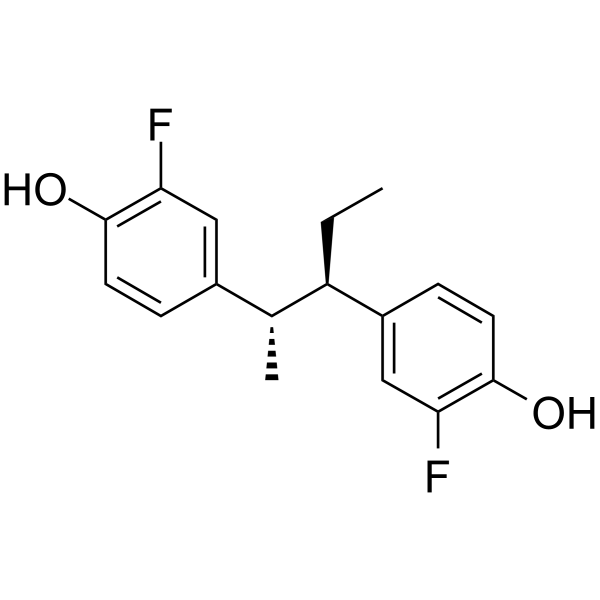|
BP18585
|
Bis-aminooxy-PEG1
|
|
|
|
|
Bis-aminooxy-PEG1 is a PEG-based PROTAC linker that can be used in the synthesis of PROTACs.
|
|
BP18584
|
Bisacodyl
|
|
|
|
|
Bisacodyl is a diphenylmethane stimulant laxative used for the treatment of constipation and for bowel evacuation.
|
|
BP18583
|
Bisabolol oxide A
|
|
|
|
|
Bisabololoxide A induces apoptosis in rat thymocytes.
|
|
BP18582
|
bis(p-methoxyphenyl)iodonium bromide
|
|
|
|
|
bis(p-methoxyphenyl)iodonium bromide is a chemical compound.
|
|
BP18581
|
Bis(4-cyanophenyl)methanol
|
|
|
|
|
Bis(4-cyanophenyl)methanol is a metabolite of Letrozole.
|
|
BP18580
|
Bis(2-methyl-3-furyl)disulfide
|
|
|
|
|
Bis(2-Methyl-3-furyl) disulfide is a volatile sulfur compound that is a key contributor to the meat-like aroma in cooked meat.
|
|
BP18579
|
Biricodar
|
|
|
|
|
Biricodar is a P-glycoprotein and MRP-1 modulator.
|
|
BP18578
|
Biperiden Hydrochloride
|
|
|
|
|
Biperiden Hydrochloride (KL 373 Hydrochloride) is an antiparkinsonian agent, which is the selective central M1 cholinoreceptors blocker and it is used for the adjunctive treatment of all forms of Parkinson's disease (postencephalitic, idiopathic, and arteriosclerotic). Target: M1 receptors Biperiden is an antiparkinsonian agent of the anticholinergic type. Biperiden has an atropine-like blocking effect on all peripheral structures which are parasympathetic-innervate and it also has a prominent central blocking effect on M1 receptors. Biperiden (0.11 mg/kg), benactyzine (0.3 mg/kg),caramiphen (10 mg/kg), procyclidine (3 mg/kg), and trihexyphenidyl (0.12 mg/kg) separately and each in combination with physostigmine (0.1 mg/kg) is to make a comparative assessment of potential cognitive effects. The results showed that benactyzine, caramiphen, and trihexyphenidyl reduced rats' innate preference for novelty. Whereas biperiden and procyclidine did not. Clinical indications: parkinsonism FDA Approved Date: Toxicity: Drowsiness; vertigo; headache; dizziness
|
|
BP18577
|
Methyl Cholate
|
|
|
|
|
Biotransformation of methyl cholate using Aspergillus niger was investigated.
|
|
BP18576
|
MM-22
|
|
|
|
|
biotinylated anandamide analog acts as a probe for visualizing the accumulation and intracellular trafficking of anandamide
|
|
BP18575
|
Biotin-HPDP
|
|
|
|
|
Biotin-HPDP is a sulfhydryl reactive biotinylation reagent.
|
|
BP18574
|
Biotin LC hydrazide
|
|
|
|
|
Biotin LC hydrazide (BACH), a long chain protein modification reagent, can transform periodate-oxidized glycoproteins.
|
|
BP18573
|
Nociceptin(1-7)
|
|
|
|
|
Bioactive metabolite of nociceptin, antagonist of nociceptin-induced hyperalgesia
|
|
BP15299
|
BIO-1211
|
|
|
|
|
BIO-1211 is a more potent inhibitor of α4β1 (VLA-4, IC50 = 4 nM) over α4β7(IC50 = 2 μM).
|
|
BP18572
|
BIO-11006 acetate salt (901117-03-1 free base)
|
|
|
|
|
BIO-11006 acetate salt is a polyglycosylated alanine rich C kinase substrate (MARCKS) inhibitor similar to MANS peptides.
|
|
BP15298
|
Bimosiamose
|
|
|
|
|
Bimosiamose has anti-inflammatory effects. Bimosiamose (TBC-1269) is a nonoligosaccharide pan-selectin antagonist with IC50s of 88 μM, 20 μM, and 86 μM for E-selectin, L-selectin, and P-selectin respectively.
|
|
BP15297
|
Bimosiamose disodium
|
|
|
|
|
Bimosiamose disodium has anti-inflammatory effects. Bimosiamose disodium (TBC-1269Z) is a nonoligosaccharide pan-selectin inhibitor with IC50s of 88 μM, 20 μM, and 86 μM for E-selectin, P-selectin, and L-selectin, respectively.
|
|
BP15650
|
Bimatoprost acid
|
|
|
|
|
Bimatoprost acid is a metabolically stable analog of PGF2α and has a potential antagonistic activity for the FP receptor. It has a relative potency of 756% compared to PGF2α for binding to the FP receptor on ovine luteal cells.
|
|
BP15649
|
Bifluranol
|
|
|
|
|
Bifluranol is an anti-androgen.
|
|
BP18571
|
Bidisomide
|
|
|
|
|
Bidisomide is an agent of class I antiarrhythmic.
|
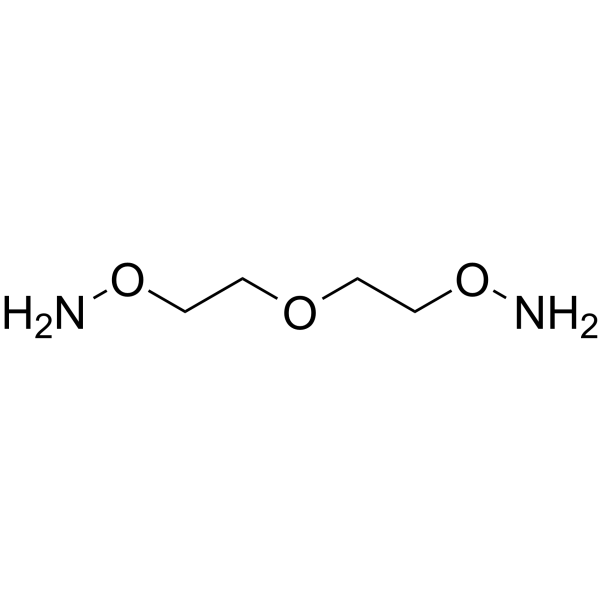
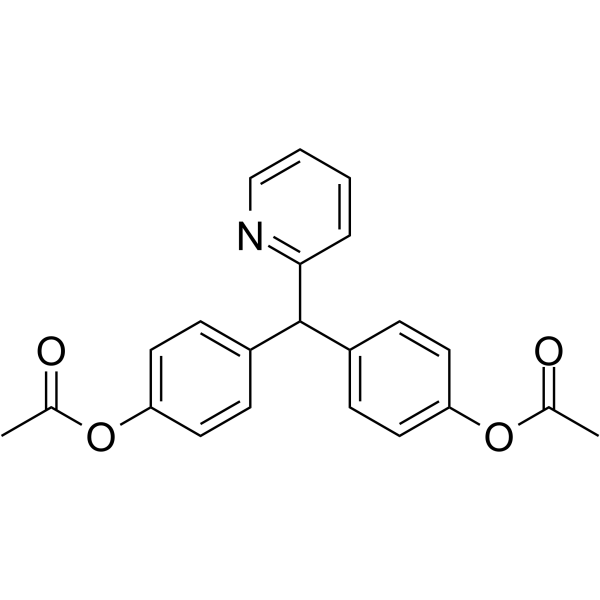
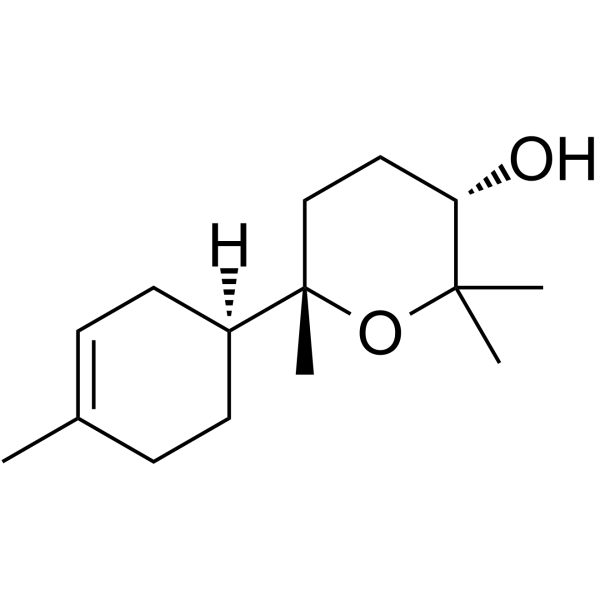
iodonium bromide.gif)
methanol.gif)
disulfide.gif)
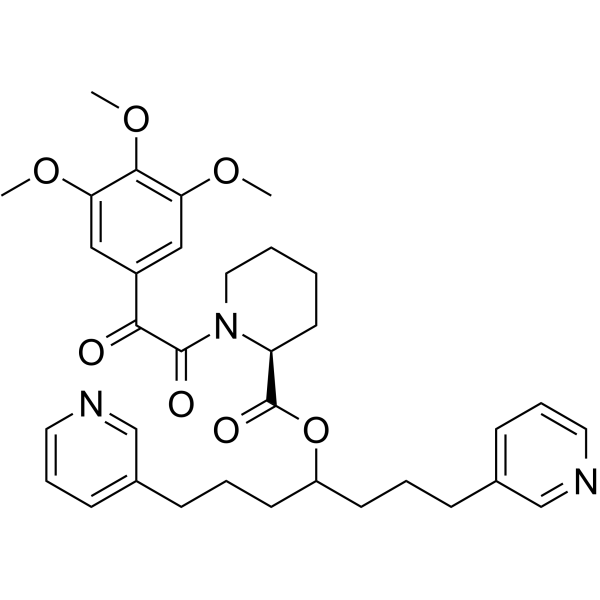




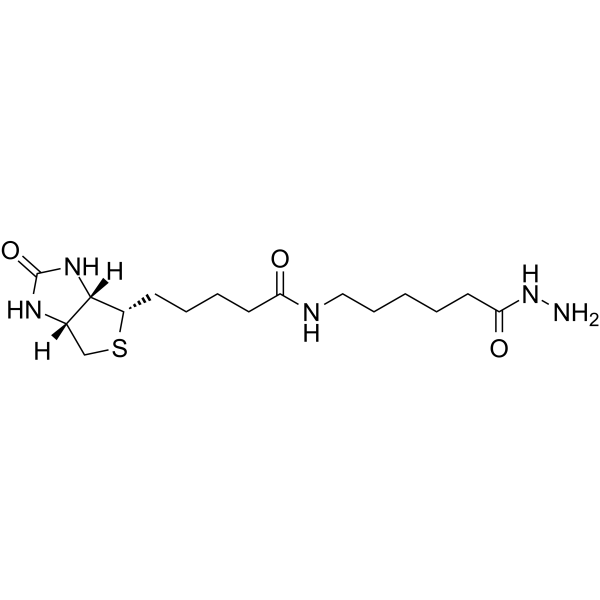
.gif)
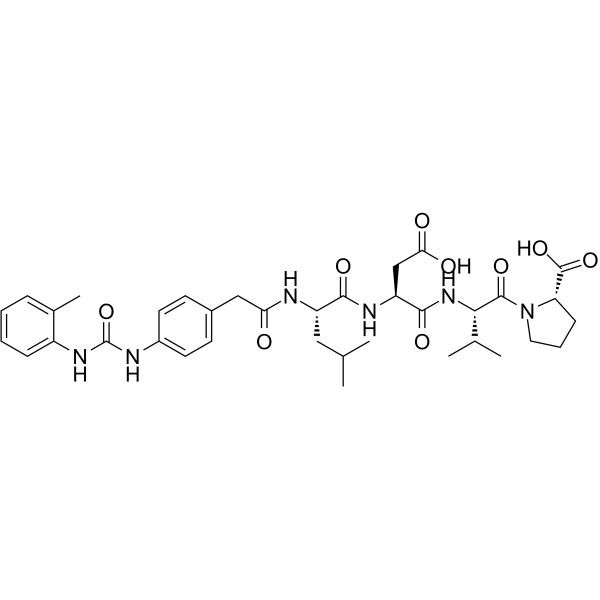
.gif)



